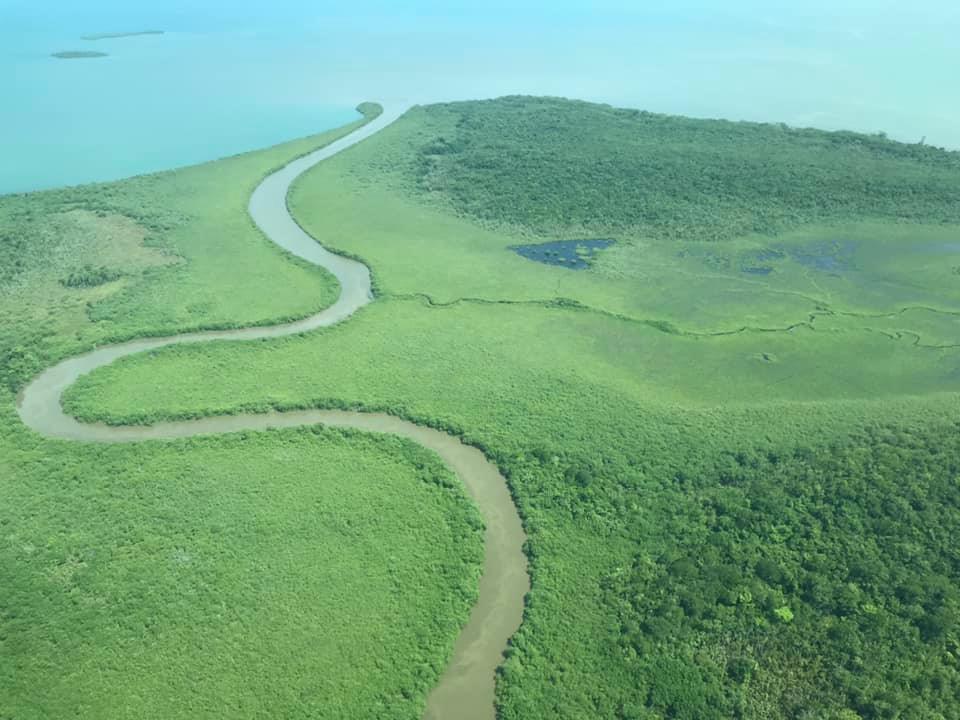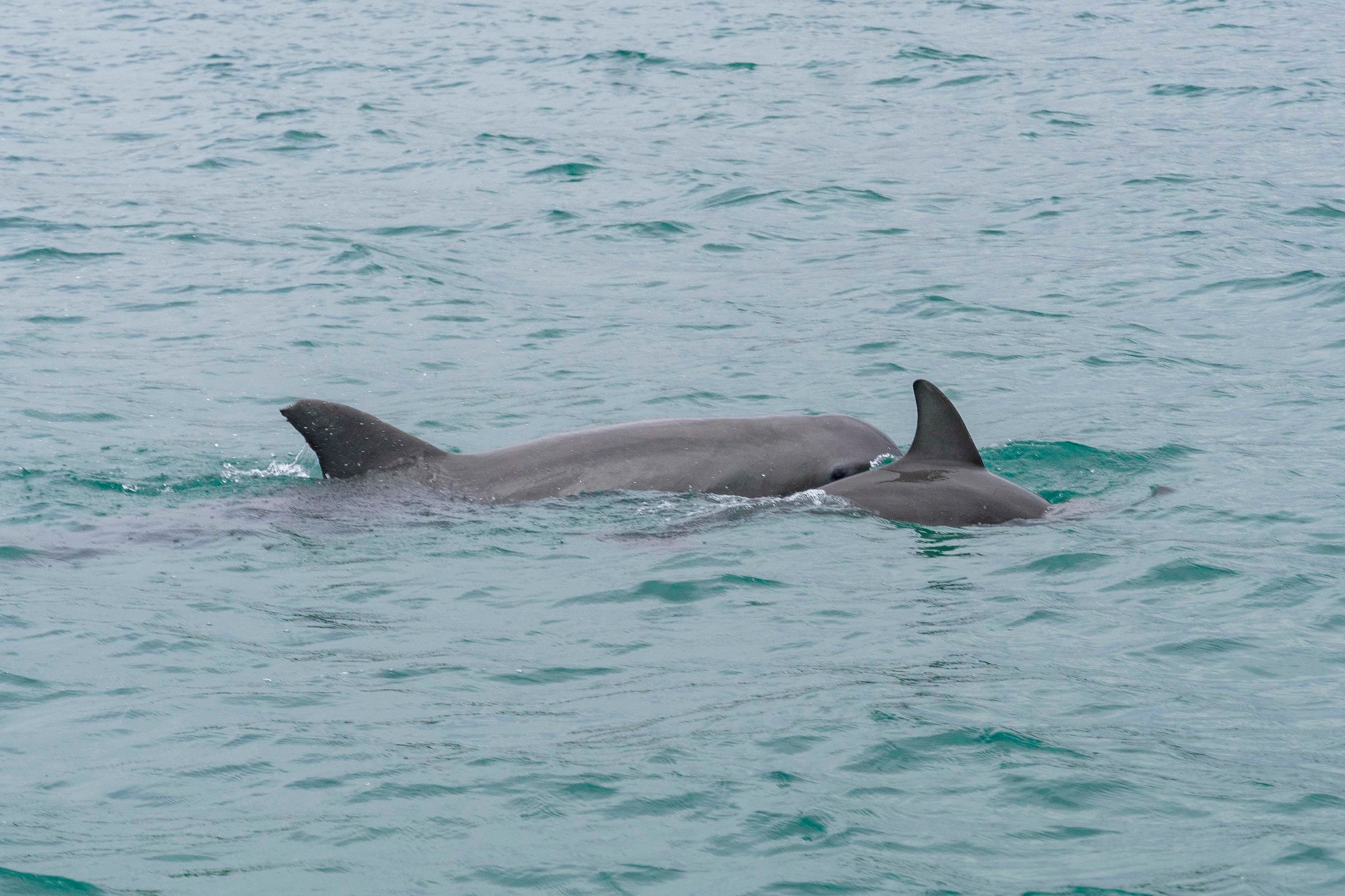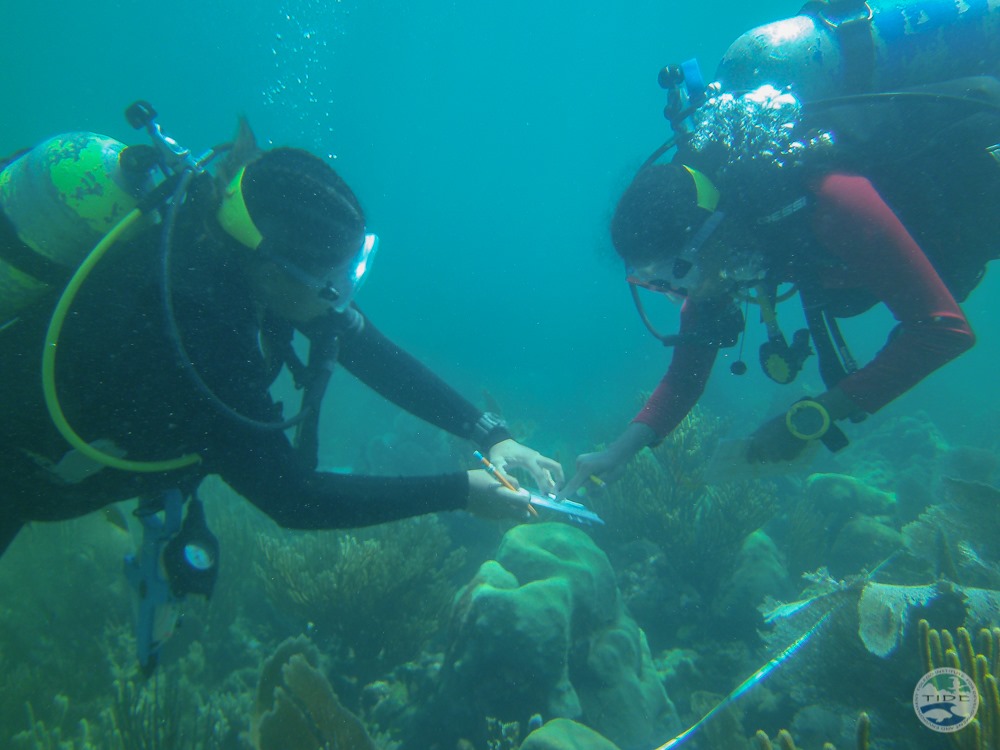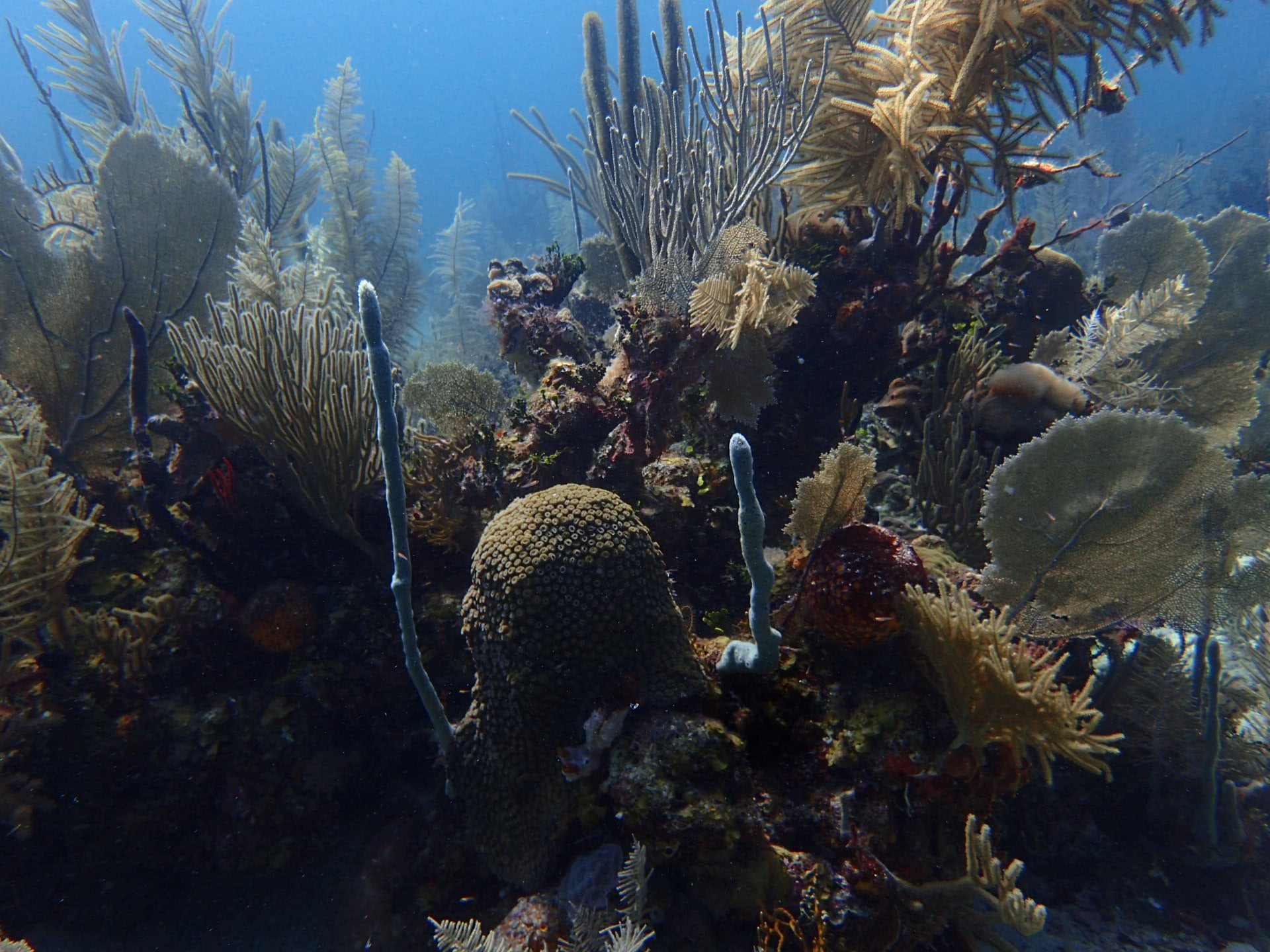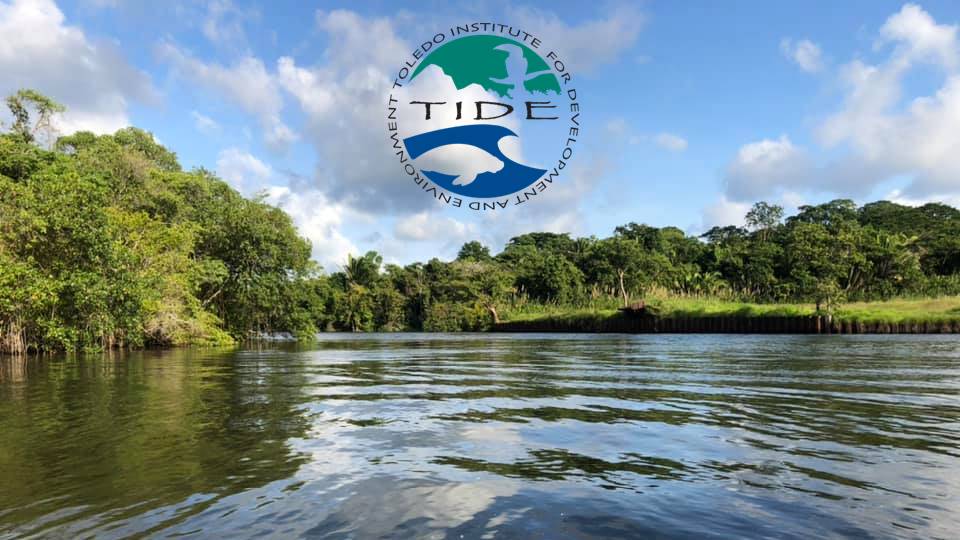
Fundraising target: £2,100 +
Project: Habitat protection and monitoring in the Maya Mountain Marine Corridor. This is one of 21 projects nominated for our 21 For 21 programme.
21 For 21 Project Partner: TIDE Belize
TIDE is an NGO that works with communities to promote sustainable use and management of the Maya Mountain Marine Corridor’s rich natural resources.
Find out more about TIDE Belize. Set up a 21 For 21 Fundraising Page.
About TIDE Belize
The Toledo Institute for Development and Environment (TIDE) help the Maya Mountain Marine Corridor of southern Belize support biodiversity, communities and sustainable development.
TIDE was established in 1997 and has grown from a grass roots, local, community-based response to manatee poaching and marine degradation, to one of Belize’s leading non-government conservation organizations in southern Belize. TIDE is a Belizean NGO whose mission is “to engage stakeholders in the sustainable management of natural resources within the Maya Mountain Marine Corridor of southern Belize for the benefit of all.”
This mission within the Maya Mountain Marine Corridor, is achieved by a dedicated staff of 32, diverse stakeholders and committed donors who kindly contribute to the annual operating budget of approximately, BZ $2M. They are engaged in resource protection, environmental education, research and monitoring, and sustainable development.
TIDE co-manages the Port Honduras Marine Reserve (160-square miles) with the Belize Fisheries Department, the Payne’s Creek National Park, (37,000-acres) with the Forest Department and owns and manages in perpetuity, through the Belize Forest Conservation Agreement, over 20,000 acres of private protected lands for conservation purposes.
Belize Barrier Reef Reserve System
The Belize Barrier Reef Reserve System, part of the Mesoamerican Reef system is one of the largest coral reefs in the world. 185 miles long it stretches from Ambergris Caye in the north to the Sapodilla Cayes in the south.
Around 1,400 species, including hawksbill turtles, manatees, rays and six threatened species of sharks live in this complex ecosystem which also includes mangrove forest and seagrass beds.
Listed as a World Heritage Site initially in 1996, UNESCO added the reef to the World Heritage Sites in Danger list in 2009 due to degradation caused by oil exploration and development. Tough action by the Belize government, including imposing a moratorium on oil exploration and drilling in all of Belize’s offshore waters, led to the reef being removed from the World Heritage Sites in Danger list in 2018.
However human activity (tourism, pollution, development, over fishing) as well as climate change and extreme weather events such as hurricanes continue to impact the health of the ecosystem. Continual monitoring and research is vital.
TIDE Research and monitoring
21 For 21 will assist in the ongoing monitoring of he coral reef including specific focus on the health of conch, lobster, sea cucumber, turtles and water quality.
TIDE does regular monitoring and engages community stewards to assist with data collection. Funds will assist in the purchase of fuel, meals for research team and equipment used during monitoring.
Visit Central America through our responsible travel network.
Images courtesy of TIDE Belize
